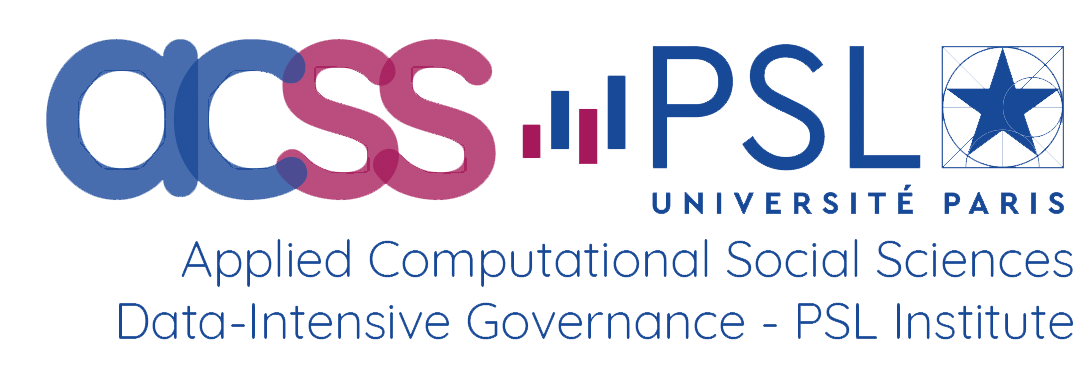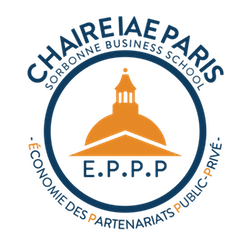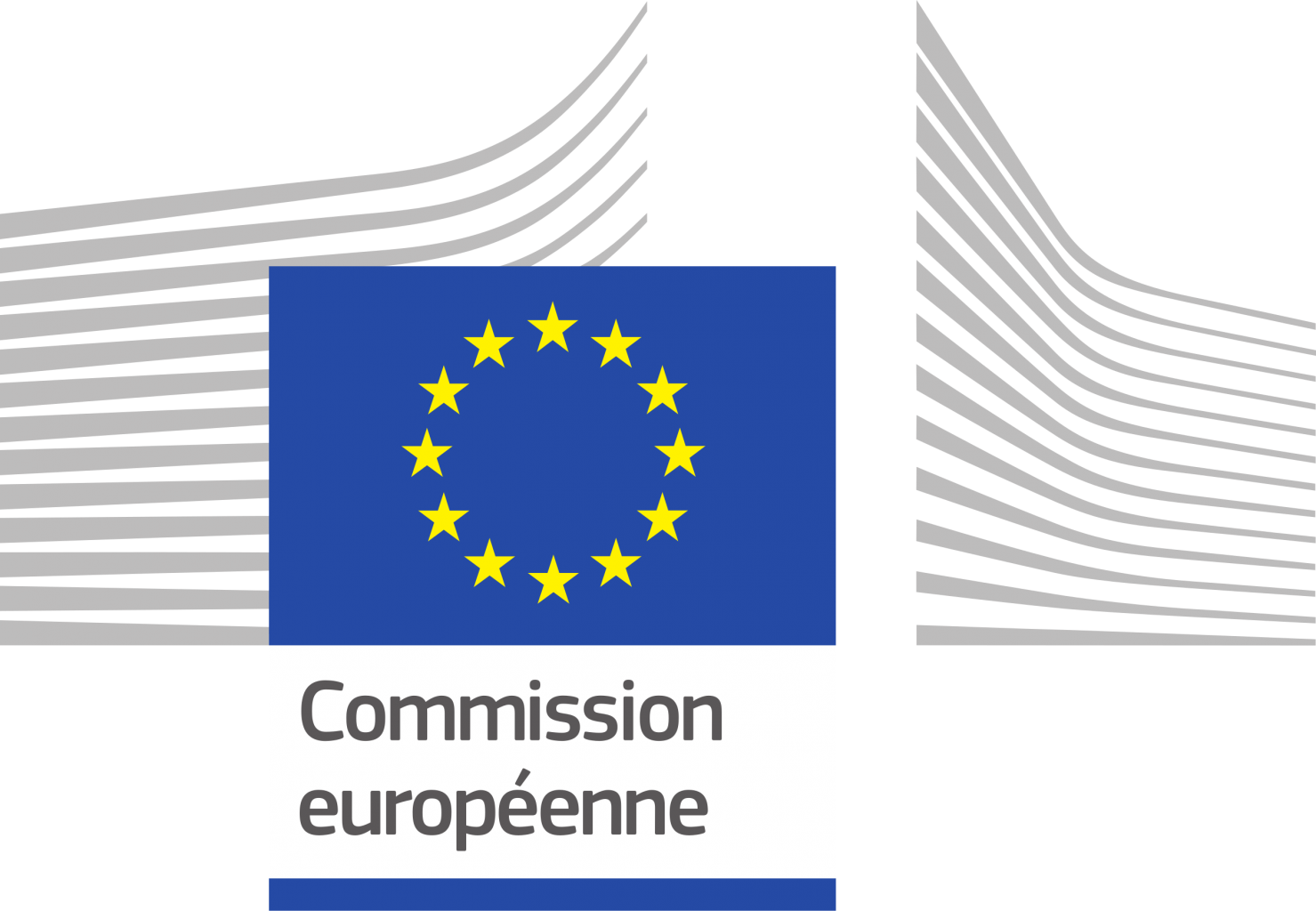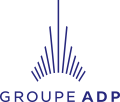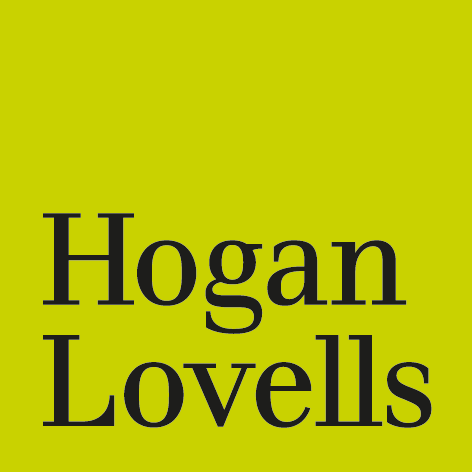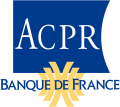
| Author(s) |
Eric BROUSSEAU Carine FRANC Carine Milcent Pierre MAITROT Nicolas Péju Jean-Marie SPAETH Denis RAYNAUD Florence Lustman Eric Chenut Erwan Samyn Josette Guéniau Guillaume Moukala Same Eric BROUSSEAU |
| Publication type | Synthesis |
January, 27th 2022
The financing of healthcare expenditure in France is based on a combination of compulsory health insurance (AMO), which covers the entire population, and supplementary health insurance organisations (OCAM), which cover 13.4% of healthcare expenditure for 95% of the population. These average figures conceal very wide disparities in the rates of intervention of the different funding vectors: the AMO covers the bulk of hospital expenditure, while the supplementary insurers cover, among other things, 70% of optical expenditure and 40% of dental care.
The duality of the funding system has its origins in the creation of mutual societies on the one hand, and provident societies on the other, which since the 19th century have made it possible to pool social risks, respectively between members of a territorial or professional community, or between employers and employees. The State intervened later, particularly after 1945, to extend coverage to an increasingly wide range of categories of citizens, to the point of guaranteeing universal cover. Over time, this cover has also been extended to a growing number of categories of healthcare expenditure. Nevertheless, the persistence of partial coverage of expenditure by the AMO has perpetuated a demand for coverage by a private supplementary insurance system.





